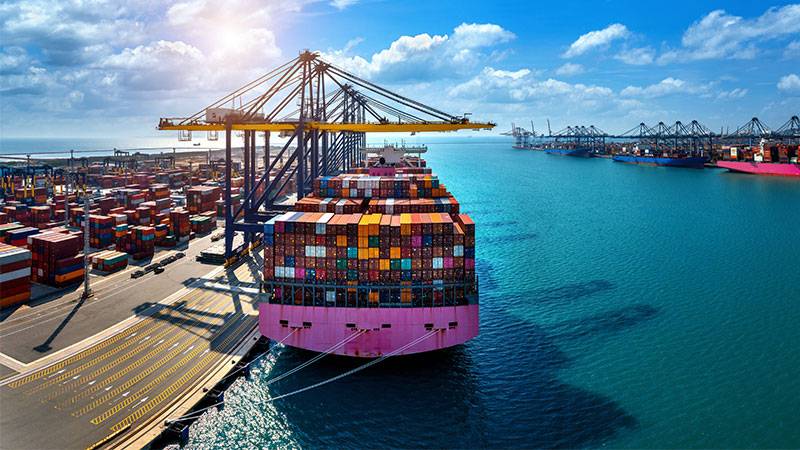In a bold move to address climate change and reduce emissions, the shipping industry is embracing innovative strategies, as exemplified by the partnership between the Port of Rotterdam Authority and Singapore. This collaboration has led to the creation of one of the world’s first long-distance green shipping corridors, a concept that aims for cargo ships to travel using zero or low emission fuels, such as ammonia and methanol.
The Port of Rotterdam, as Europe’s largest port, plays a pivotal role in this initiative. Its interim chief executive, Boudewijn Siemons, emphasizes the pragmatic approach to carbon reduction in shipping, viewing these green corridors as initial proof points for a broader implementation strategy. The first container ship to utilize this green approach was the Laura Maersk, which sailed between Singapore and Rotterdam powered by methanol, achieving up to a 65% reduction in greenhouse gas emissions.
This green corridors initiative, originating from the Clydebank Declaration at COP26, has gained global traction. COP28 saw the announcement of additional corridors, including routes from Canada to Korea and Japan, within the Caribbean, and between Houston and Antwerp. This development aligns with the International Maritime Organisation’s pledge for the shipping sector to achieve net-zero emissions by 2050.
The idea behind these corridors is that cargo ships travel along the routes using only zero or low emission fuels. To help make this possible, both Rotterdam and Singapore are building new storage facilities for green fuels, such as ammonia and methanol, as alternatives to fuel oil.
However, the industry faces significant challenges. Currently, only a small fraction of cargo ships run on alternative fuels, and a modest percentage of new vessels are designed for dual or alternative fuel use. Despite these obstacles, there is growing demand for green shipping from major corporations like Amazon, Ikea, and Patagonia, fueling the development of innovative vessels powered by alternative fuels like ammonia.
Lynn Loo, chief executive of the Global Centre for Maritime Decarbonisation, predicts a substantial increase in ammonia-powered vessels and calls for a dramatic rise in infrastructure to support this shift. Edward Glossop, head of sustainable operations at Bunker Holding, acknowledges the challenges but sees ammonia as a feasible solution, with the first ammonia engines expected by the end of 2024.
Despite the progress, some industry observers, like maritime economist Martin Stopford, express skepticism. They point out the high costs of clean fuels and the competition from other sectors for these resources. Additionally, there are no current plans to enforce green shipping lanes, raising questions about their widespread adoption, according to the BBC.
Nonetheless, Rotterdam is setting an example, even with its water taxis transitioning to renewable energy sources. This underscores the broader shift in the maritime industry, moving from traditional practices to innovative, eco-friendly solutions. While the journey to decarbonize shipping is complex and expensive, it’s a necessary step towards a sustainable maritime future.
More inspiring green news similar to this:


